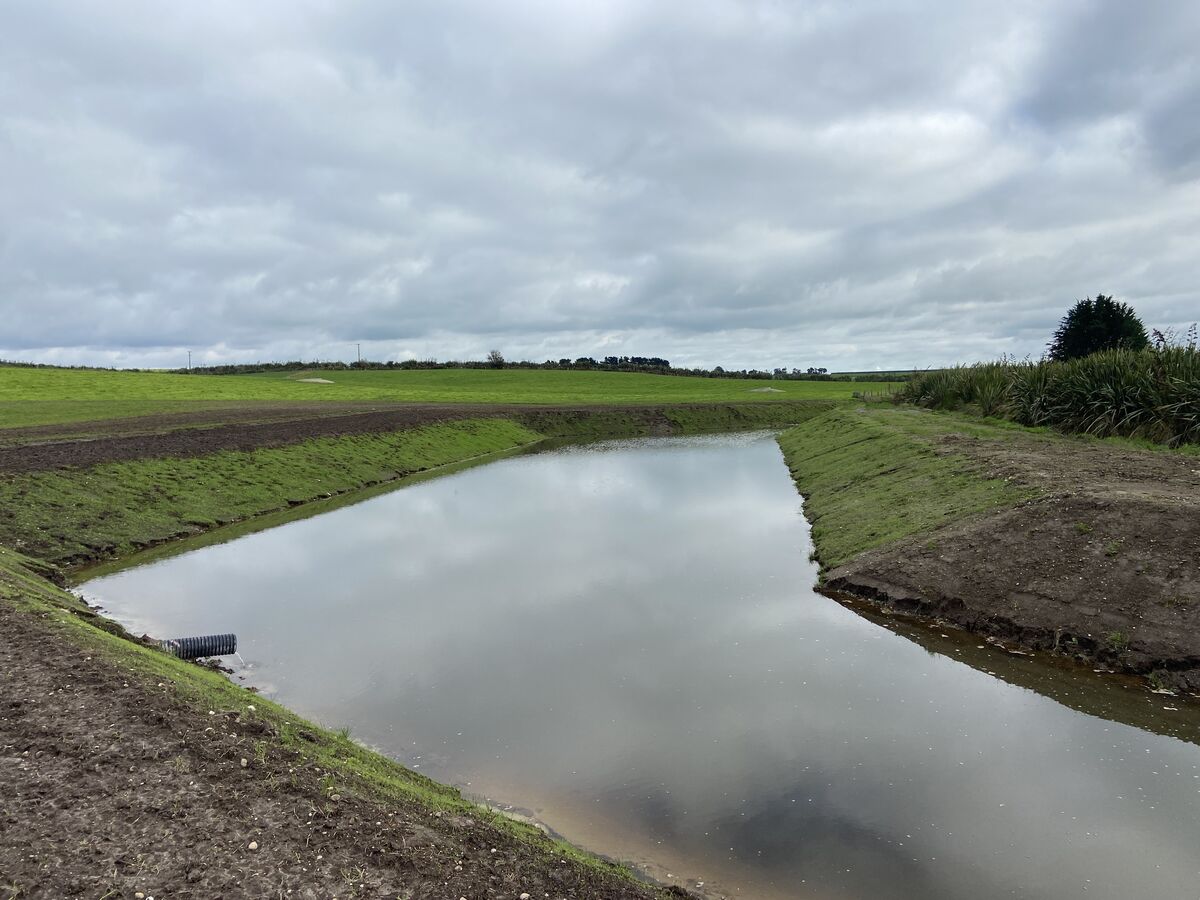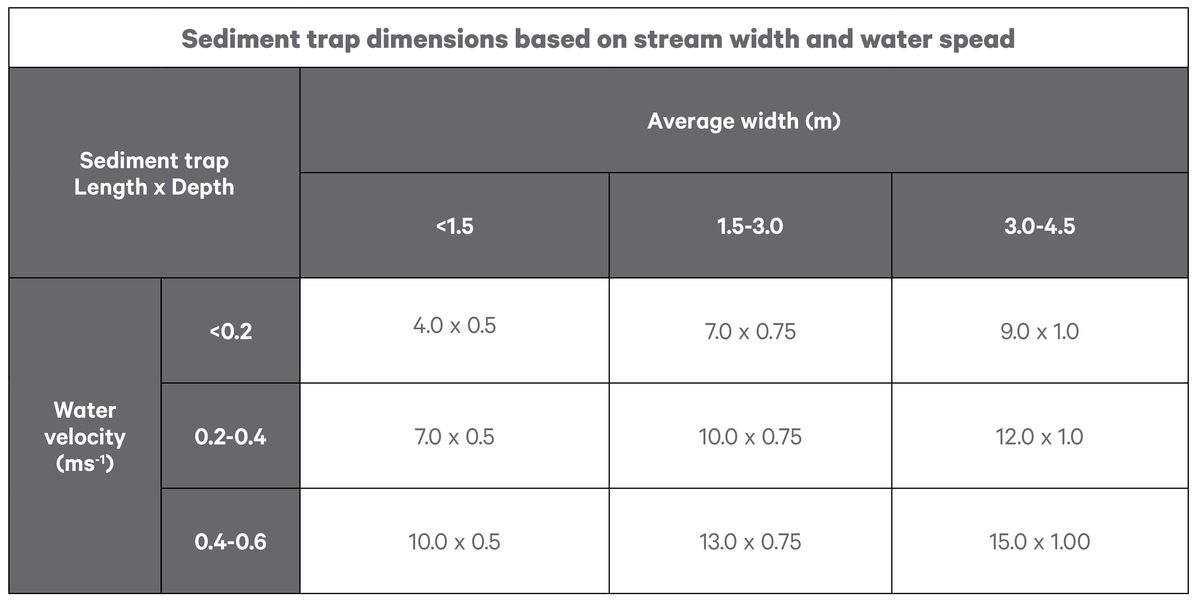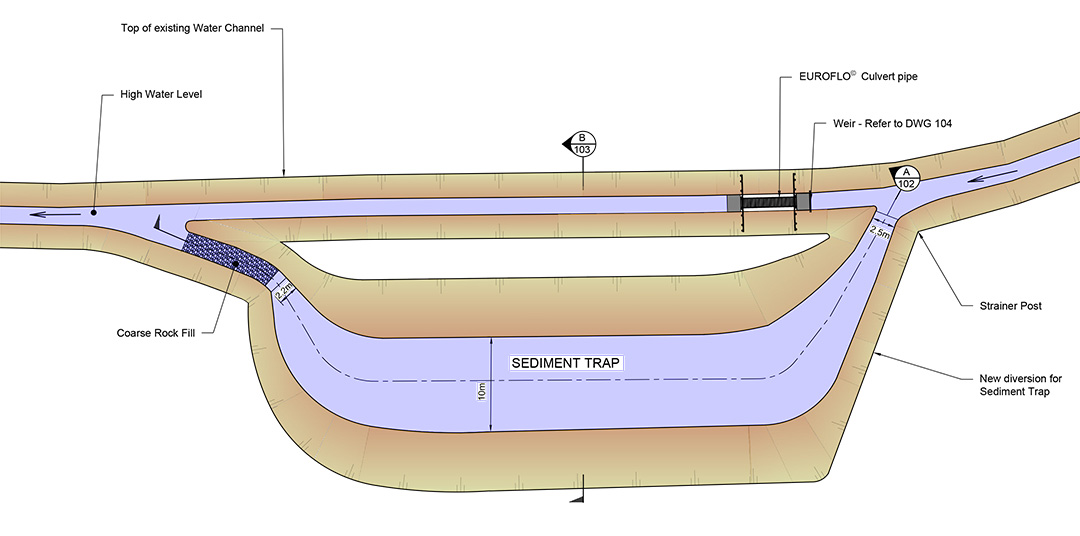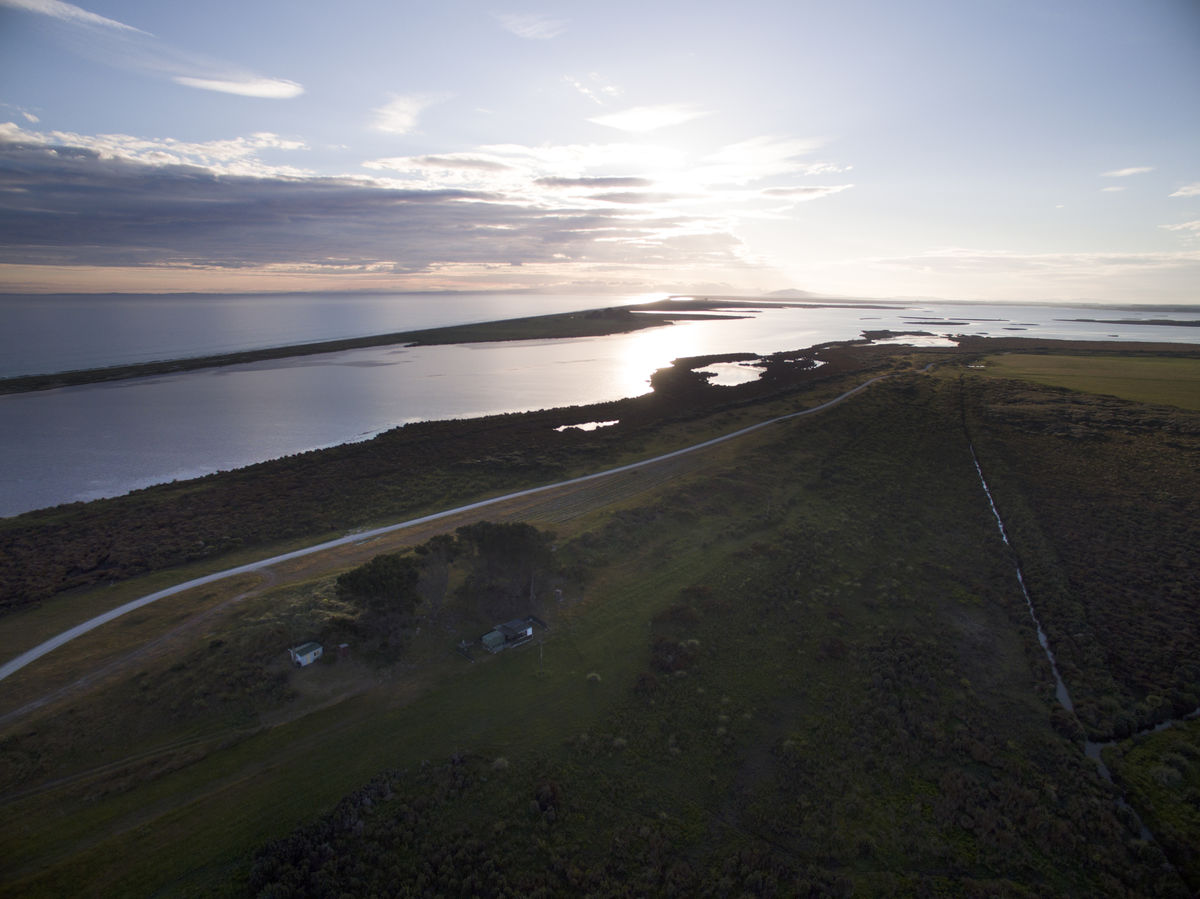
Off-line large-scale sediment traps
What is the problem?
High levels of sediment smother the stream bed, reducing the habitat for fish and invertebrates that live in these waterways and can carry other pollutants, such as heavy metals, nutrients and microbes. Sediment can block light which prevents algae growth (food source for fish and invertebrates), clogs fish gills making it difficult to breathe and prevents them from seeing well enough to find food and spawning habitat. A sediment-choked waterway can increase the risk of flooding.
The way smaller rural waterways are managed contributes to the excessive sediment issue. Diggers are used to manually remove aquatic plant growth and sediment from the stream bed which can result in over steepened banks which over time will slump, be trampled by stock and erode during high flows.
What is the project?
As part of the wider Whakamana Te Waituna Contaminant Intervention Workstream, Living Water and Environment Southland have installed one ‘off-line’ sediment trap to capture coarse sediment (coarse silt and above) in March 2023. Once effectiveness has been assessed. A second sediment trap may be installed, consent has been granted for its construction.
What was done?
A study was undertaken to shortlist suitable sites for sediment traps. The location and design of the sediment traps need to ensure they
- Improve the ecological condition of the waterways and lagoon.
- Reduce the overall amount of sediment entering waterways and the lagoon
- Offer a sound and robust engineering design option
- Are complimentary to other catchment management initiatives to reduce sediment into waterways and the lagoon
- Are easily accessible by a digger to remove accumulated sediment
Sediment traps must be suitably sized to slow the water passing through, allowing sediment to drop out and settle in the trap.

Cain Duncan

The original design put forward was an in-line sediment trap, meaning it would be in the existing waterway channel. This posed a risk of sediment being re-suspended in high flows and during cleaning of the trap. The cost was also higher due to the need to pump water around the trap during construction. This design didn’t progress.
An off-line sediment trap design was explored to reduce costs and prevent sediment from being re-suspended during high flows and cleaning. The trap sits to the side of the main channel with water diverted into the trap from the main waterway channel. Flows into the trap can be controlled so a proportion of the flow during storm events can pass down the old waterway channel, preventing sediment from being re-suspended in the trap. The trap can also be closed off for maintenance (preventing sediment loss while this is occurring). It is hoped the collection of sediment in the trap will reduce the frequency of mechanical drainage maintenance downstream, resulting in less cost to ratepayers and less stream disturbance.

Two sites were selected for installation, one on the Jordon Tributary of Waituna Creek and one on the Maher Tributary. The first sediment trap on the Jordan was completed in March 2023. The trap is 22m wide, 90m long, 3.1m deep (1.5m below existing stream bed level) and has a 10m rocky fish ramp at outlet. A monitoring and maintenance plan is underway to ensure the trap functions as intended and to determine how effective it is at trapping different size sediment particles.
What has Living Water learned from this trial?
We are hoping to determine not only how much sediment is caught in the trap, but importantly the size of that sediment. While the trap has been designed to capture coarser sediment, fine sediment is more harmful to our aquatic environments. We will be measuring the size of the sediment particles collected to determine whether some finer sediment is also being captured.
